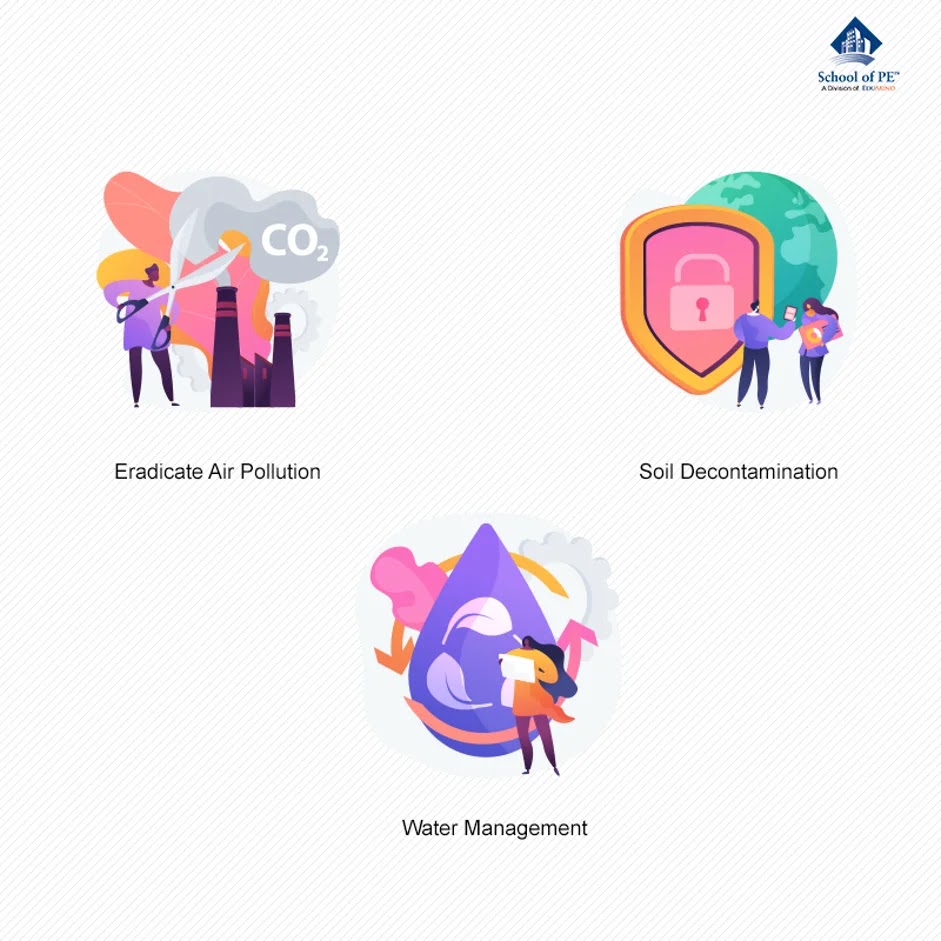NPDES Permitting 101
Mar 05, 2020
If you work in the Design or Construction industry, you've heard of the National Pollutant Discharge Elimination System (NPDES) permitting. Many projects require an NPDES permit and this is all dependent on specific project parameters such as the scope of work, proximity of the project, and/or the potential adverse effects to the environment. This permit is administered through the Environmental Protection Agency (EPA) and regulated through authorized state agencies. In areas where states do not have a regulatory agency, the EPA governs. The overall goal of the EPA is to protect the environment-land, air, and water.
The NPDES permit program was created by the Clean Water Act (CWA) of 1972. According to the EPA, this program is used to address water pollution by regulating point sources that discharge pollutants to water of the United States. Broadly defined by the EPA, a point source means any discernible, confined, discrete conveyance. Point sources include pipes, ditches, channels, tunnels, and conduits. Water pollution includes any type of pollutant introduced into water systems. This can be industrial, municipal, and agricultural waste discharged into US waters, which includes those that are navigable, tributaries to navigable, interstate, intrastate, and oceans out to 200 miles.
NPDES permits specify the acceptable level of pollutants in a discharge. This permit or license ensures that permittees select best management practices to meet the state's mandatory standards and federal minimums. Best management practices are simply treatment techniques; they define how the permittee will maintain acceptable levels of pollutants during land-disturbing activities, which can be caused by industry, mining, agriculture, and construction. There are two types of NPDES permits: induvial permits, which are specific to the site; and general permits, which cover a group of discharges with similar qualities. The construction general permit is required at construction sites with land-disturbing activities of one acre or greater. The permit can also be required if the site falls within a certain geographical location (such as a watershed) and/or proximity to the regulated waters of the state.
During construction activity, soil is disturbed leaving loose soil exposed without vegetation. When it rains, stormwater washes over the bare soil at construction sites and carries it along with other construction pollutants such as fuel, debris, and other chemicals, to point sources. This ultimately produces water pollution and has adverse effects on the environment because soils and construction waste that wash into water systems negatively affect aquatic ecosystems.

To be covered under a construction general permit, the permittee must file a notice of intent (NOI). This is an electronic public document filed through the EPA or state regulatory agency and provides notice to the agency that the entity (owner or operator) intends to be covered under the general permit. NOIs contain basic information regarding the site, land-disturbing activities, and the proposed discharge. In environmentally sensitive areas, the permittee is required to submit additional information such as a stormwater pollution prevention plan.
Latest Blogs
19 Mar
Engineering LeadershipBlogs by Year/ Month
Copied to clipboard



